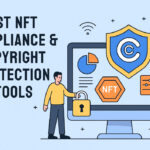In this article, I will discuss the How to Bridge to PulseChain assets to PulseChain, a blockchain network known for its speed and lower transaction fees.
Bridging enables you to conveniently move your assets from Ethereum or other chains directly to PulseChain.
I will assist you in navigating the critical steps and the right tools so that you execute this process safely and access PulseChain’s ecosystem without worries.
What Is PulseChain?
PulseChain is a novel fork of Ethereum with the capability of validating transactions at a faster rate and lower cost than Ethereum.
It PulseChain aims to further improve scalability and reduce the cost-per-transaction by offering a more advanced consensus algorithm.
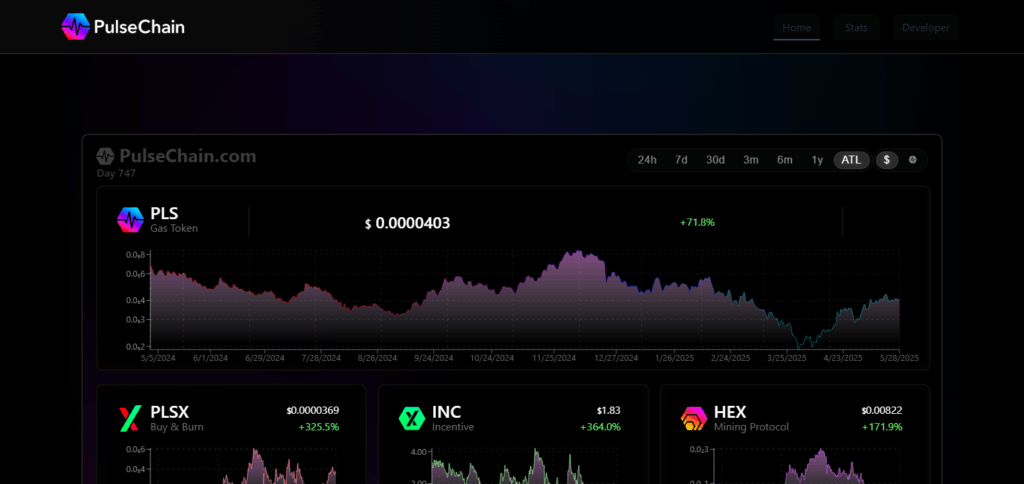
Users do not have to worry about loss of access to their ERC-20 tokens and smart contracts because PulseChain takes a snapshot of Ethereum’s state.
It strives to support a better overall experience by faster transaction speeds and reduced gas fees while will aid in the development of cultimated decentralized applications and services in various sectors of cryptocurrency.
How to Bridge to PulseChain

Example: Bridging Ethereum (ETH) to PulseChain (PLS)
The role of bridging assets to PulseChain is to facilitate users shifting their tokens from Ethereum or any other network to PulseChain due to lower fees and quicker transaction speeds. Read along for detailed instructions on bridging ETH to PulseChain:
Step 1: Connect Your Wallet
- Navigate to the PulseChain Bridge.
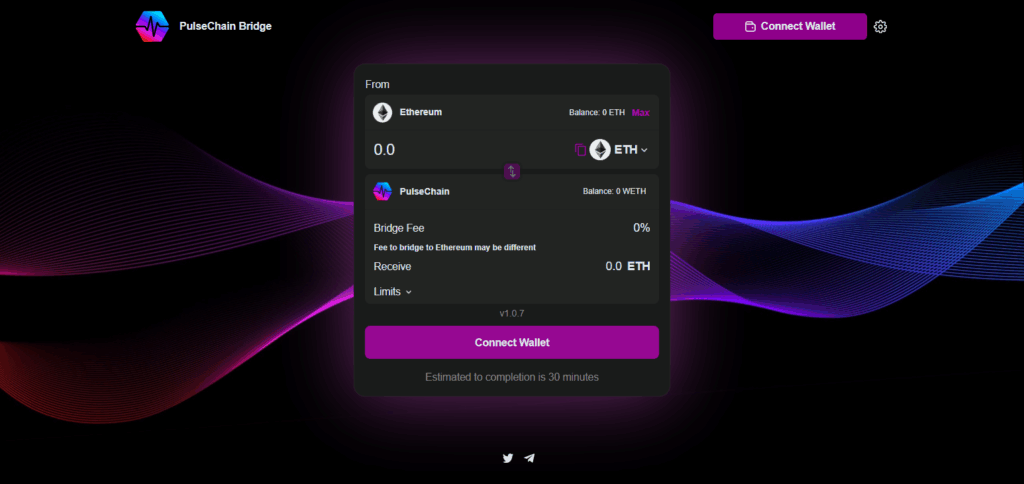
- Press “Connect Wallet” to choose a web browser wallet like Meta Mask.
- Approve connection request from your wallet.
Step 2: Choose Token to Bridge
- Have your wallet on the Ethereum network.
- From the dropdown list, select ETH or any other supported token.
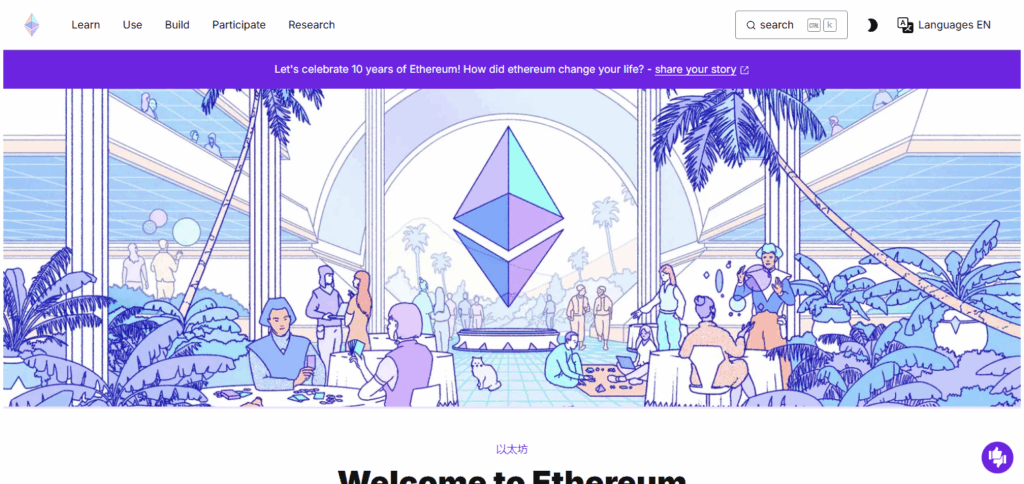
- Input the amount of tokens you wish to bridge.
Step 3: Confirm the Transaction
- Press “Send”, then confirm the transaction in your wallet.
- In the bridge, your ETH on Ethereum is locked and Wrapped ETH (WETH) is minted on PulseChain.
Step 4: Add PulseChain Network to Your Wallet
- Visit PulseChain.com and press “Add PulseChain to MetaMask”.
- So that you can view and manage the bridged assets, you need to do the above.
Step 5: Import WETH on your wallet
- Navigate to: 0x02DcdD04e3F455D838cd1249292C58f3B79e3C3 and copy the WETH contract address.
- On Meta Mask, click on “Import Token,” paste the contract address and press confirm.
Step 6: Obtain PLS for PulseChain Network Gas Charges
- There are certain prerequisites that must be met before transactions on PulseChain can be executed, which involves obtaining PLS (PulseChain’s native token).
- After bridging, a community bot can send you PLS for gas fees, also known as gassing up, automatically.
Other Place Where to Bridge to PulseChain
Rubic Exchange
Rubic Exchange is a cross-chain protocol that fully automates bridging to PulseChain through effortless multi-chain one-click swaps.
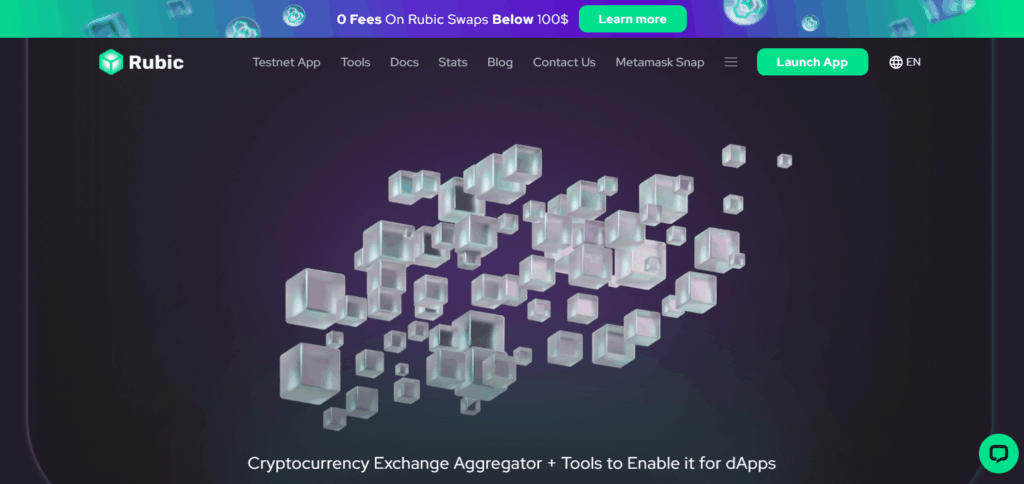
Its main advantage is the automatic route optimization for asset transfers, eliminating the need for manual setups and multi-tool configurations.
Rubic’s integration of numerous token’s together with its internal security measures enhances user experience during the transition to PulseChain; this is particularly important for those who wish to interact with PulseChain’s expanding ecosystem swiftly and securely.
ChangeNOW
ChangeNOW has developed a streamlined non-custodial method for bridging assets to PulseChain which does not require creating an account or going through KYC.
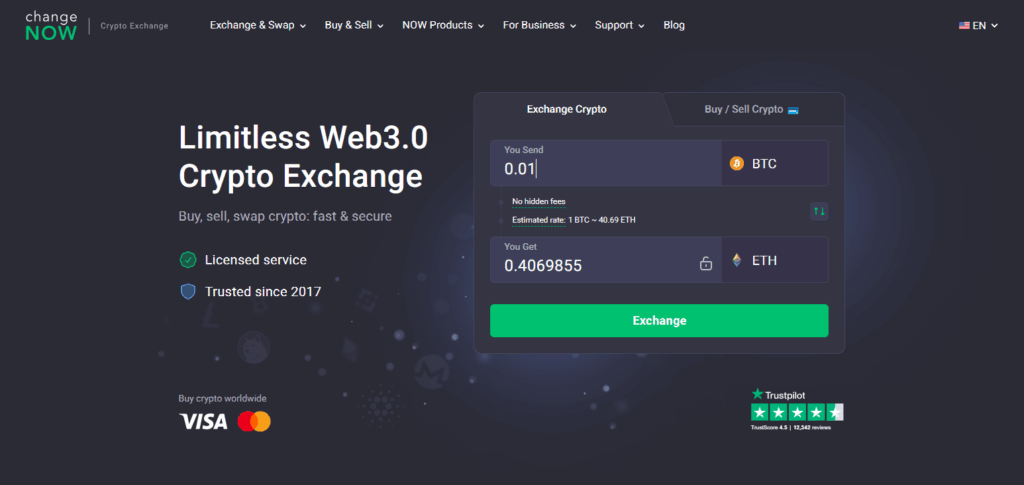
The incorporation of POWERCITY is what ChangeNOW is known for; users can now swap more than 850 cryptocurrencies for PulseChain’s native token, PLS, all within one transaction.
This makes cross-chain interations with other chains such as Ethereum more accesible, allowing users to optimally utilize the PulseChain ecosystem. ChangeNOW’s integration brings to those that wish to join the evolving DeFi on PulseChain an effortless on-ramp.
StealthEX
Through stealthEX, an x-crypto bridge called pulseChain can also be accessed through effortless non-custodial instant crypto switches.
One of its distinguishing traits is the ability to do cross-organization swaps without moving through customary bridges and rather the use of direct transfers across divergent blockchains.
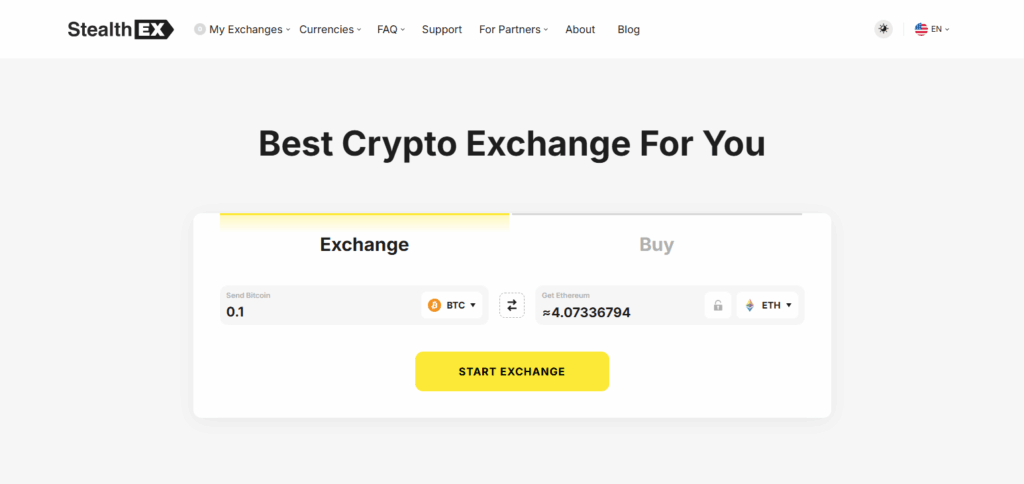
By using the services of PulseCoinList, StealthEX has enhanced its support for PulseChain native token PLS further increasing security and efficiency for users in exchange ecosystem.
It further helps users willingness to interact with pulseChain ecosystem to simplify their work through user friendly layouts and interactions alongside a huge lineup of coins.
TokensExpress
TokensExpress serves as a bridge between Ethereum, Binance Smart Chain (BSC), and PulseChain, enabling the transfer of assets between these networks.
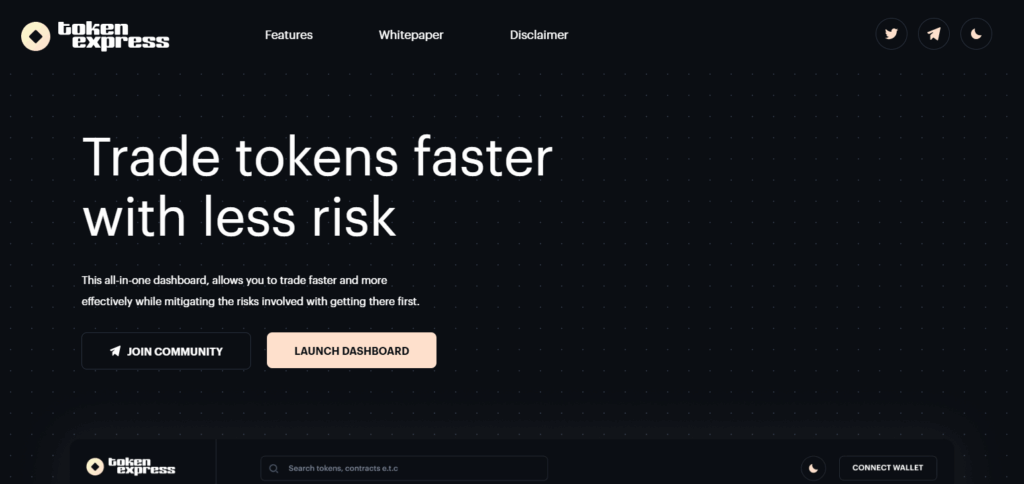
It is also the first bridge to connect PulseChain and Binance, allowing ETH/PLS and BNB/PLS transactions . This innovative development allows BNB users to expand their PulseChain tobridging any token, thus growing the PulseChain community .
TokensExpress simplifies bridging and broadens interoperability across the PulseChain network, encouraging participation within the ecosystem.
Why Bridge to PulseChain?
Reduction In Transaction Costs: Compared to Ethereum, PulseChain provides gas fees which are far cheaper for both users and developers.
Increased Speed of Transactions: Improved block times allow for quicker transaction processing on PulseChain, further improving user experience.
New Ecosystem Exposure: Users can take advantage of PulseChain specific dApps, DeFi projects and even NFT initiatives that can only be accessed after bridging.
Continued Use of Ethereum Ecosystem: Users have the option to transfer ERC-20 tokens they are already accustomed to and use Ethereum’s smart contracts on a more efficient chain.
Easier Access for Developers: Developers have the ability to scale their Ethereum dApps from PulseChain without having to rebuild everything from scratch.
Prerequisites Before Bridging
Compatible Wallet
A Web3 wallet such as MetaMask must be configured, since it interacts with bridges and the PulseChain network.
Funded Source Chain
Ensure you have enough tokens (e.g. ETH or BNB) on the source blockchain to fully pay for gas fees and the amount you wish to bridge.
Add PulseChain Network
Add the PulseChain network to your wallet manually with correct RPC details to accept the bridged assets.
Use a Trusted Bridge
Use only reputable sources for bridges that bridge into PulseChain to avoid loss or delays.
Troubleshooting Tips
Transaction Standstill or Delay: Wait for a couple of minutes before rechecking both block explorers (for instance, Etherscan and PulseChainScan). Difficuolties with the network may lead to becoming overloaded.
Continuity of Tokens Not Appearing on Wallet: In the event that you wish to view the token, add the contract address under wallet settings on the PulseChain network.
Not Loading the Bridge Interface: Switch browsers or Clear your browser cache along with browser extensions (ad blockers).
Failed Transaction: Ensure that for all attempts at retries verify the network being used, tokens in stock and gas fee settings. The most frequent reason for failure is simply insufficient gas for the transaction.
Risk & Considerations

Loopholes in Smart Contracts
Bridges are based on smart contracts which might be inaccurately programmed or poorly secured, leading to the loss of funds.
Obstruction of The Network and Stagnant Wait Times
Slow periods may result in a backlog which urgently needs attention, leading to slower transaction rates or outages of the bridge.
Issues With The Tokens
Some tokens might not be offered on PulseChain, resulting in an inability to access or use some assets.
Fraudulent Bridges
Bridging is a relatively new phenomenon and there is little to no awareness of scam bridges. Always check and use the official template bridges and double check the URLs to avoid impersonation.
Lack of option to reverse an action within a blockchain
All steps need to be taken with extreme caution, as blockchain bridges are irrevocable actions, and no steps may be undone after confirmation.
Pros & Cons
| Pros | Cons |
|---|---|
| Lower transaction fees than Ethereum | Risk of smart contract vulnerabilities |
| Faster transaction speeds | Potential network congestion delays |
| Access to a growing PulseChain ecosystem | Some tokens may not be fully compatible |
| Easy transfer of ERC-20 tokens | Possibility of phishing or scam sites |
| Supports scalability for developers | Transactions are irreversible |
Conclusion
In summary, bridging to PulseChain enables quicker, more affordable, and scaleable interactions with blockchains.
By taking the proper steps—preparing the wallet, selecting a reliable bridge, and executed the transfer meticulously—you can confidently relocate your assets to PulseChain’s expanding ecosystem.
Ensure vigilance against possible risks, authenticate all transaction particulars, and transact only with established platforms to experience seamless bridging. Transitioning towards PulseChain can streamline, elevate, and diversify the user’s experience in the cryptocurrency landscape.






